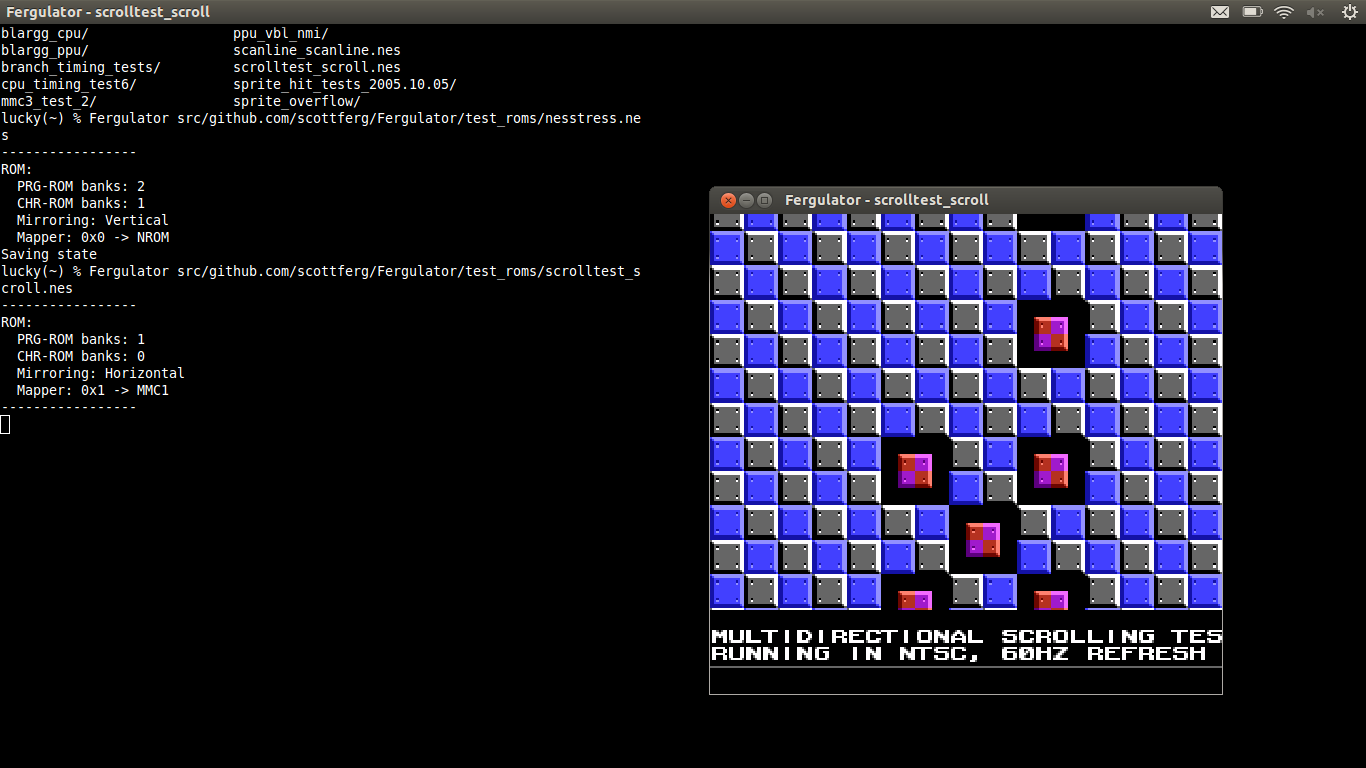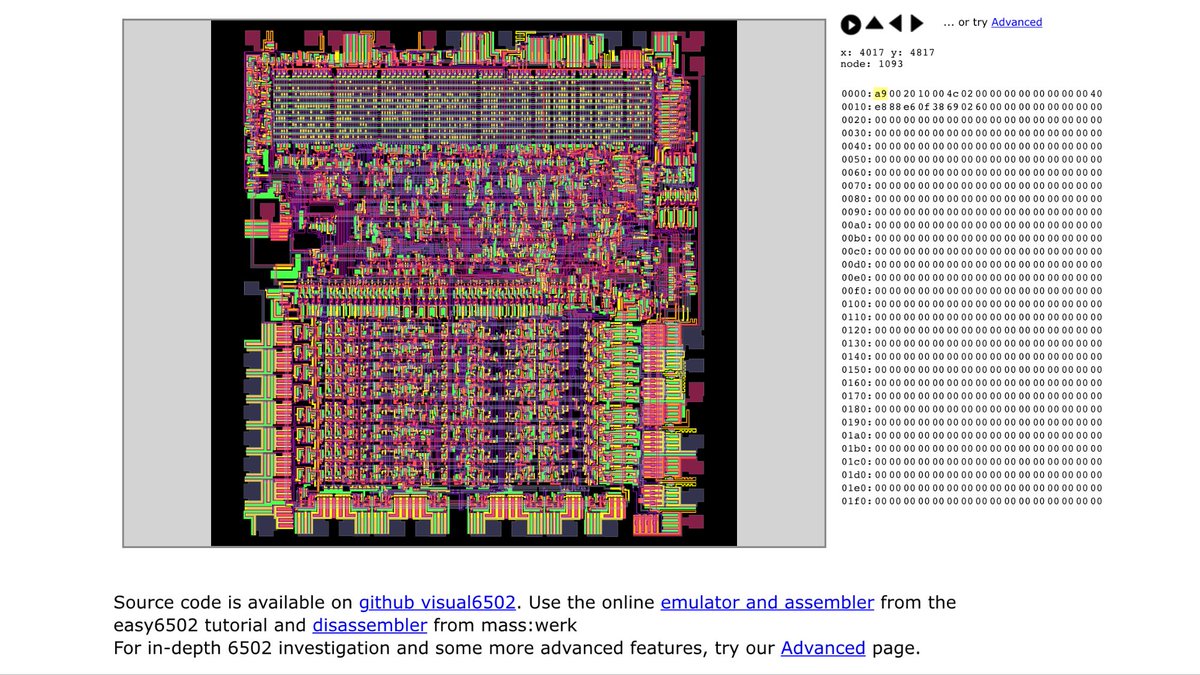

- #6502 emulator github how to#
- #6502 emulator github manual#
- #6502 emulator github portable#
- #6502 emulator github software#
- #6502 emulator github code#
The thesis shows the development of the processor emulation software and examines different design patterns of reaching the goal of a fast processor emulation. This requires an efficient emulation of the 6502 and memory management since the resources of a microcontroller are very limited when intending such challenging operations. They paved the way for the Apple Macintosh computer and the nowadays well known brand Apple with its products.īack in 2014 I wrote my Bachelor thesis about emulating a complete Apple ][ computer - the famous MOS 6502 - but also performs other tasks like display output and keyboard input. This 8 bit home computer was developed by Steve »The Woz« Wozniak and evolved together with Steve Jobs. It was sold several million times from April 1977 till 1993. The Apple ][ personal computer was one of the first three completely assembled systems on the market. Press : See the Hackaday article »Portable Apple II On An AVR« featuring this project.
#6502 emulator github portable#
Hot : make sure to checkout the YouTube video and the interactive 360° panorama of the portable Apple ][ emulator I built down below! Checkout the License section as well. An interactive disassembler emulating a machine environment is to single stepping what poetry is to tax forms.Apple ][ Emulation on an AVR Microcontroller
#6502 emulator github how to#
I'm not sure how to explain well, but we don't learn about say driving cars by looking at pictures of people driving cars, we just go experience driving. Implementing the ability to emulate the chip at various clock rates and running software built for specific purpose will be more useful for understanding software and hardware, rather than say providing opcodes and operands and seeing state changes in 'snapshots'. Eg if you wrote an arcade game emulator for a given cabinet but didn't get the timing right, in your processor implementation or in the specifics of how it was supposed to be interacting with other hardware (as mentioned, via irq pins, etc), if you inspected the memory associated with the game's framebuffer you wouldn't find a rendered game frame there you might find nonsense, or the program might enter a never-ending loop, who knows, but it would not be likely to be a correct result.įor the purposes of being a learning tool and so forth, it's likely important to build a few emulations of things that made use of a 6502, because software interacts with the environment through the cpu, and the environment interacts with software through the cpu. So if the lines weren't being set low at some rate corresponding to "the screen is such and such amount rendered", the program would not produce correct output.

Eg in an old arcade machine you might have important tasks the program does tied to lines being set low by various conditions in the display (related to say, "the screen is now 3/4th rendered", etc). In other words the programs timing and how execution happens will change depending on what the program is and where it was running, because the environment is also changing the state of the processor, not just the program. If I have a program used in a chip in a phone or some such, the program will be designed in hand with the hardware, and will necessarily make use of say interrupt lines being set low under whatever conditions are relevant, and so forth.
#6502 emulator github code#

#6502 emulator github manual#


 0 kommentar(er)
0 kommentar(er)
